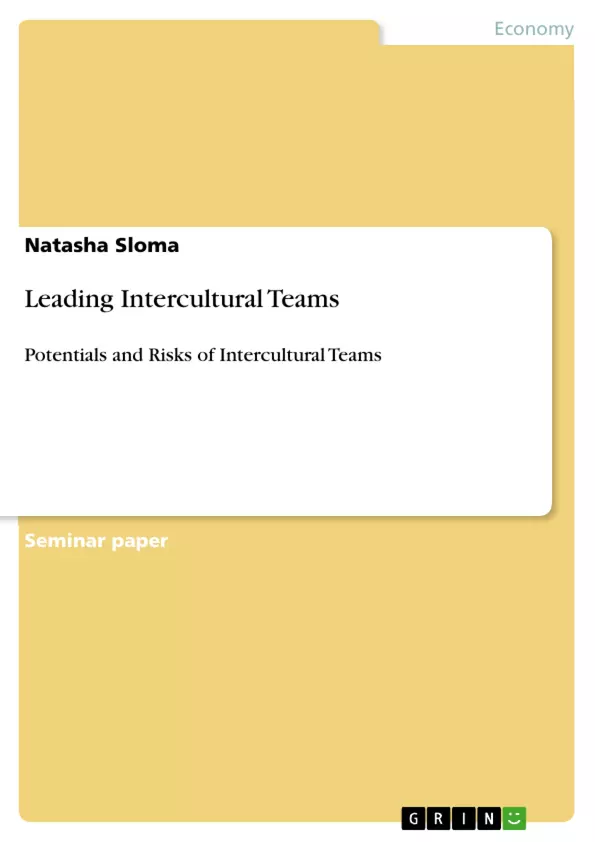In the past two decades, the world has gone through the process of globalisation and witnessed dramatic changes in the international and global marketplace. Liberalisation of world trade and capital markets led by globalisation has created a new and challenging competitive arena for all firms. The growing trade and investment liberalisation caused by the progress in transportation and communication technologies has resulted in larger volumes of international business transactions.
In comparison with the past, today's and tomorrow's challenges for each internationally operating organisation are the focus on the more intense levels of national, regional, and global competition, projected demographic and workforce figures, just as significant technological developments. These environmental forces
generate the need for understanding and utilising knowledge in International Human Resource Management, particularly with regard to globalisationperformance relationships between firms performing internationally and the emerging formation of international projects and intercultural project teams within
this new environment.
Inhaltsverzeichnis (Table of Contents)
- Introduction
- Teams and team characteristics
- Definition and key characteristics of teams
- Types of teams
- Internationalisation of Human Resource Management
- Forms of international cooperations
- Leading intercultural teams
- Cultural influences on intercultural teams - Definition of Culture
- Culture dimensions according to Hofstede
- Power distance
- Individualism versus collectivism
- Masculinity versus femininity
- Uncertainty avoidance
- Culture dimensions according to Hall
- Context
- Time
- Space
- Culture dimensions according to Hofstede
- Success metrics of intercultural teams
- Advantages of intercultural teams
- Advantages for the corporation
- Advantages for the individual member of staff
- Reasons for inefficient collaboration
- Misunderstandings due to electronic communication
- Strategies to increase efficiency of intercultural teams
- Advantages of intercultural teams
- Necessity of intercultural trainings
- Objectives of intercultural trainings
- Dimensions of intercultural trainings
- Efficiency analysis of intercultural trainings
- Conclusion
Zielsetzung und Themenschwerpunkte (Objectives and Key Themes)
This paper examines the potentials and risks of intercultural teams in the context of globalized business. It aims to analyze the challenges and opportunities associated with leading teams composed of individuals from diverse cultural backgrounds.- The definition and key characteristics of teams
- The impact of cultural differences on team dynamics
- Strategies for managing and improving the effectiveness of intercultural teams
- The role of training in facilitating successful intercultural collaboration
- The advantages and disadvantages of working in intercultural teams
Zusammenfassung der Kapitel (Chapter Summaries)
The paper begins by defining the concept of teams and examining different types of teams found in organizations. It then explores the growing importance of international human resource management in a globalized business environment, highlighting the need for effective intercultural collaboration. The paper delves into cultural influences on teams, focusing on Hofstede's cultural dimensions and Hall's framework. This analysis examines how cultural differences can affect communication, decision-making, and overall team performance. The paper then addresses the advantages and disadvantages of working in intercultural teams, exploring potential challenges such as miscommunication and cultural misunderstandings. It also outlines strategies for increasing efficiency and minimizing risks in intercultural collaboration. The concluding chapter underscores the importance of intercultural training programs in fostering a more successful and cohesive working environment for intercultural teams. It identifies the objectives and key dimensions of such training initiatives, evaluating their potential for improving team effectiveness.Schlüsselwörter (Keywords)
This paper examines the concept of intercultural teams, focusing on key themes such as cultural diversity, global business, international human resource management, communication, and training. The paper explores the potential challenges and opportunities associated with leading and working in intercultural teams, highlighting the importance of managing cultural differences to achieve optimal team performance.- Quote paper
- Natasha Sloma (Author), 2008, Leading Intercultural Teams, Munich, GRIN Verlag, https://www.grin.com/document/152178



